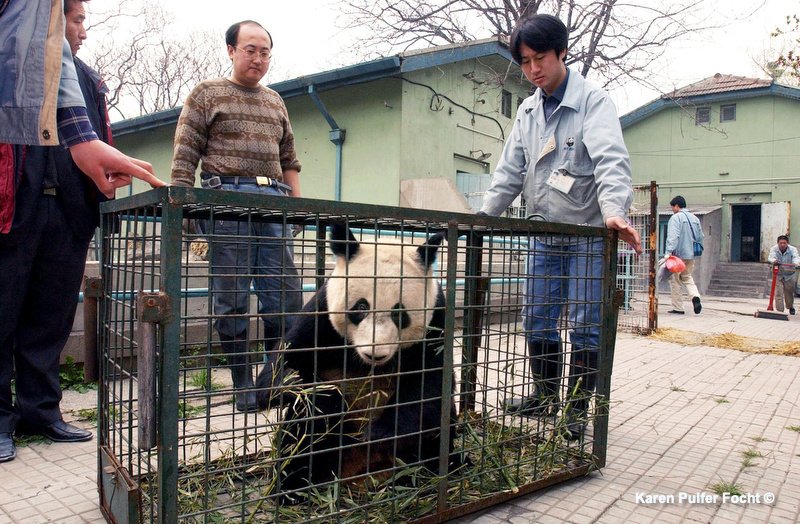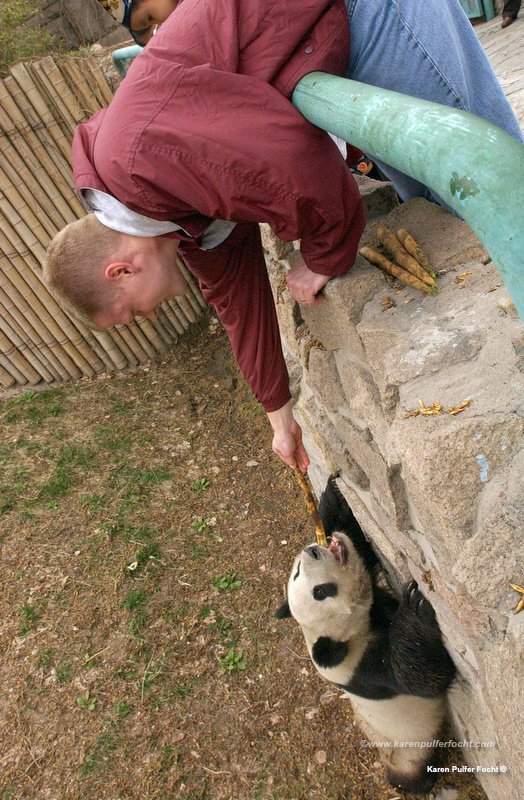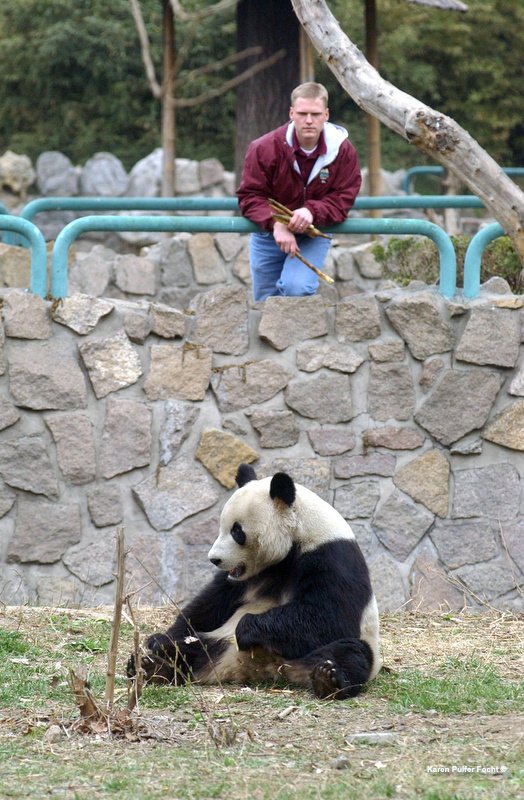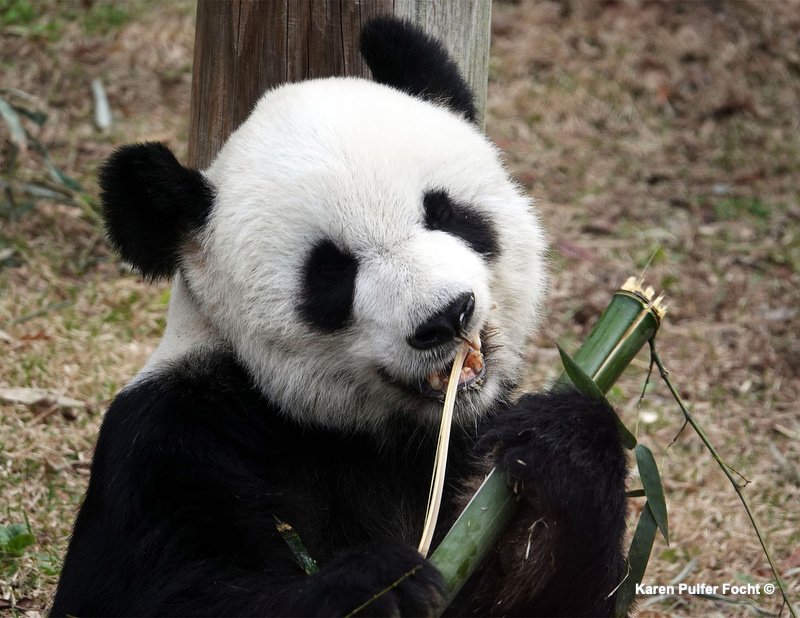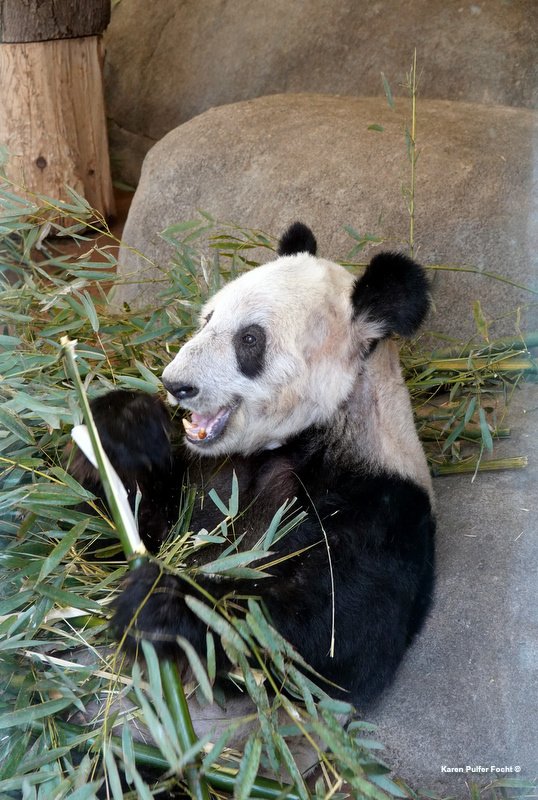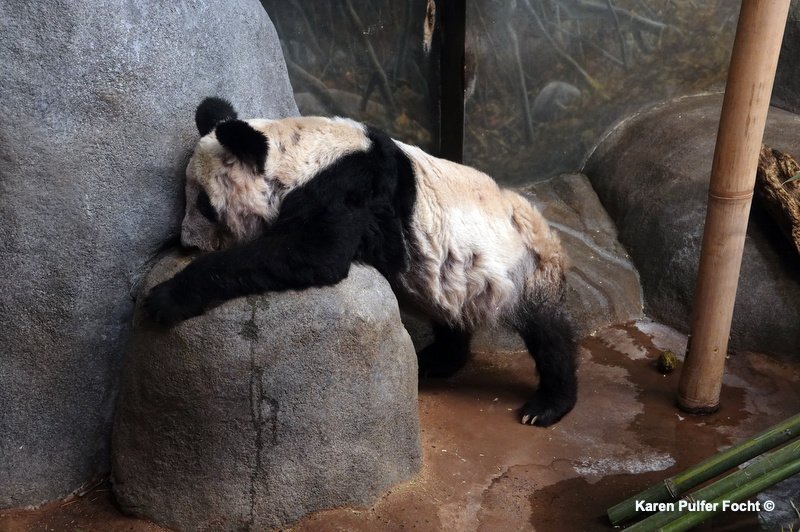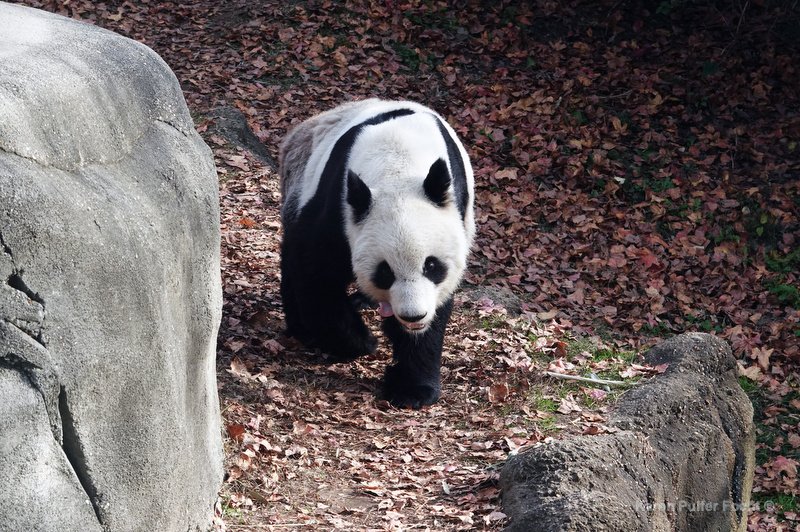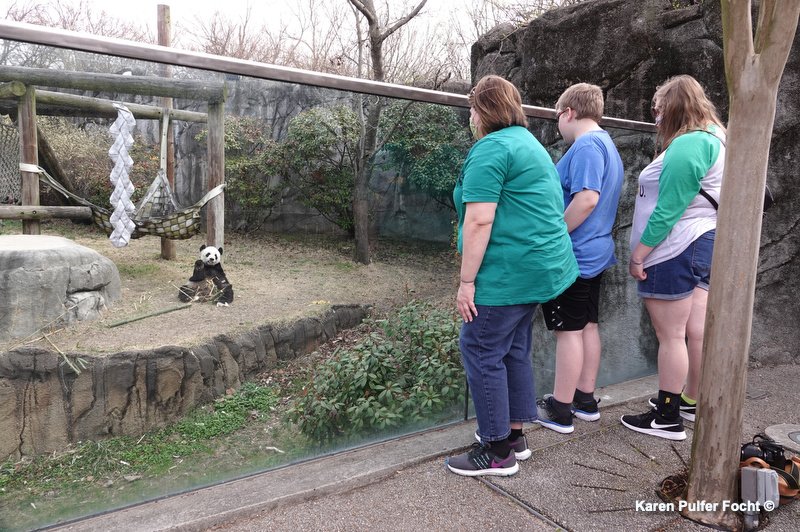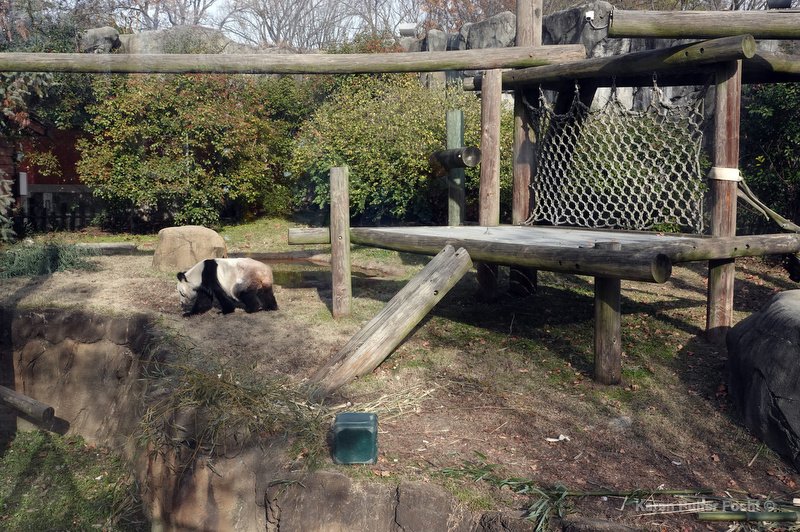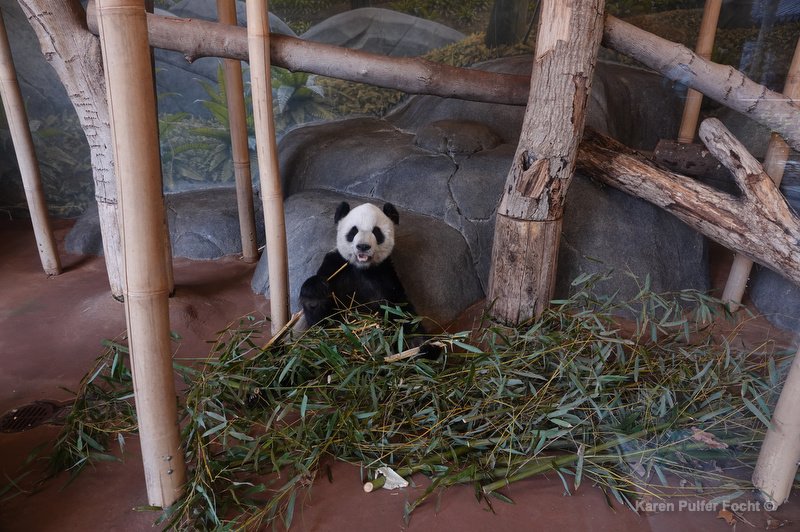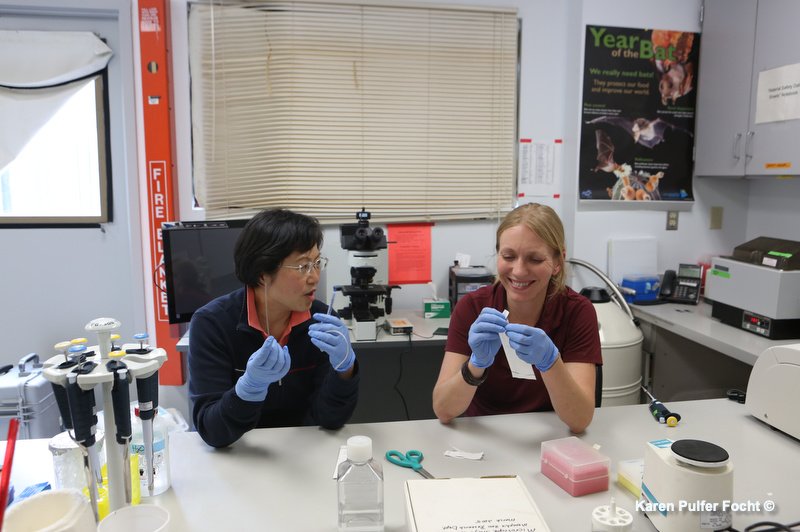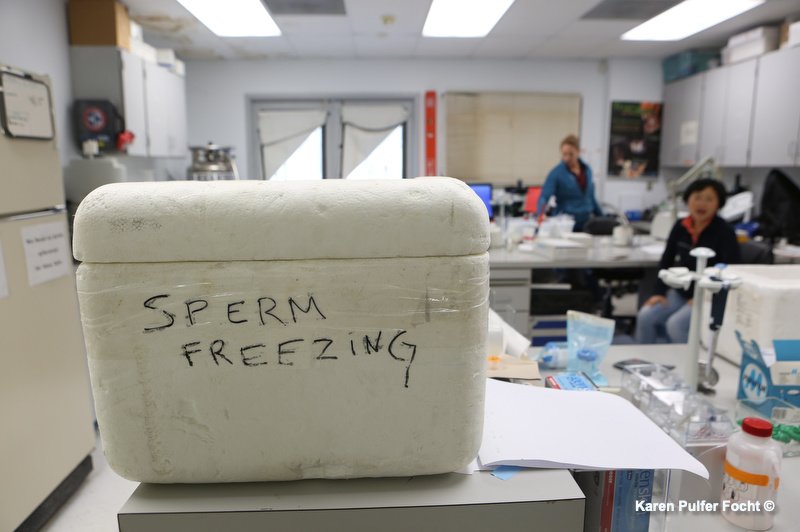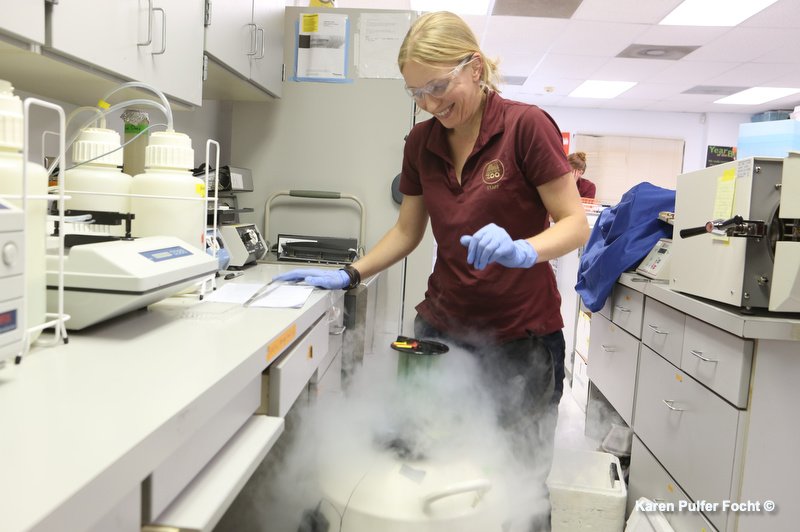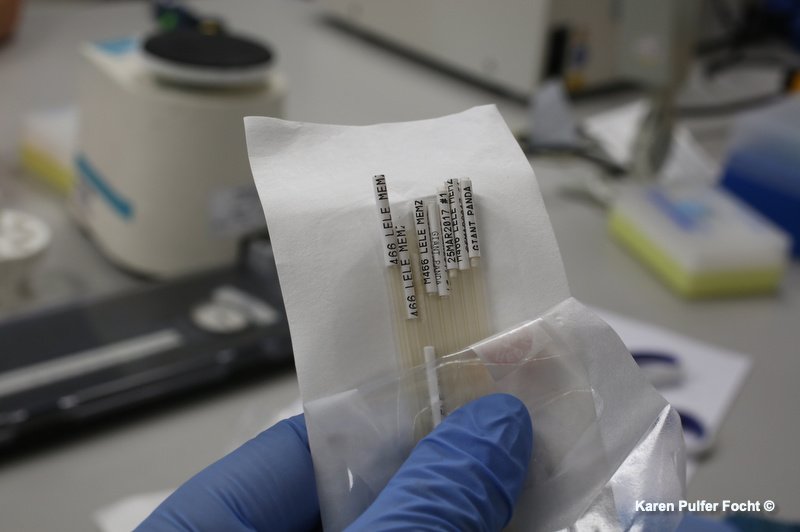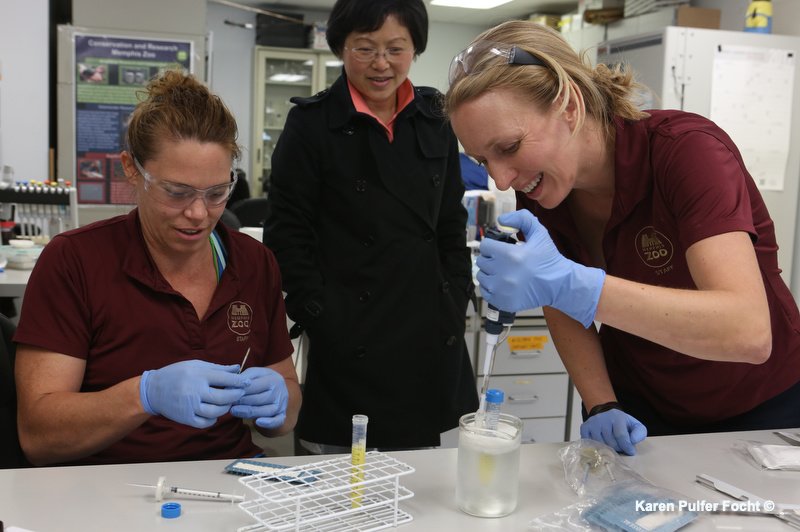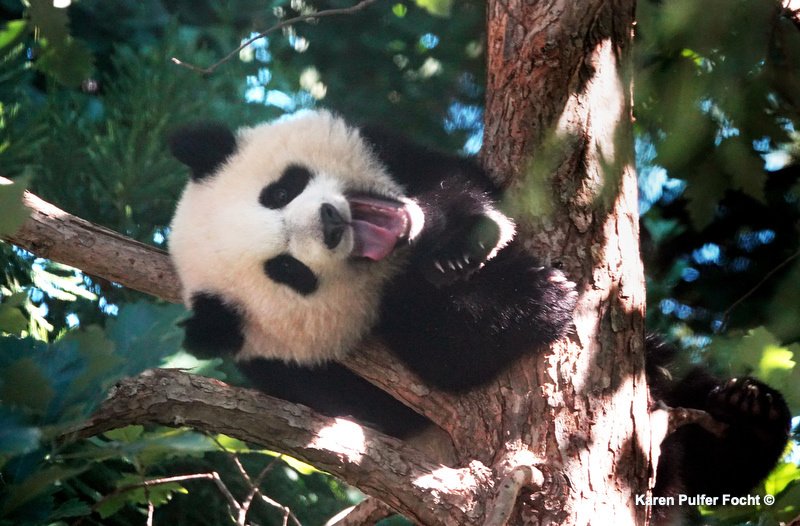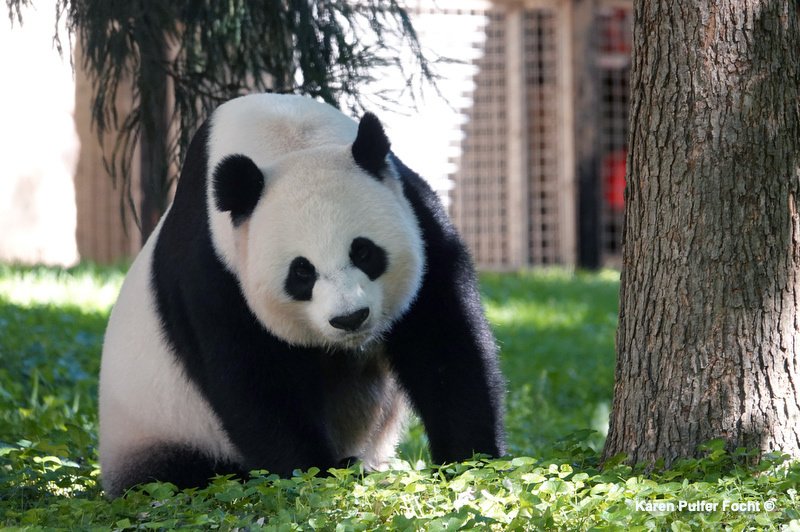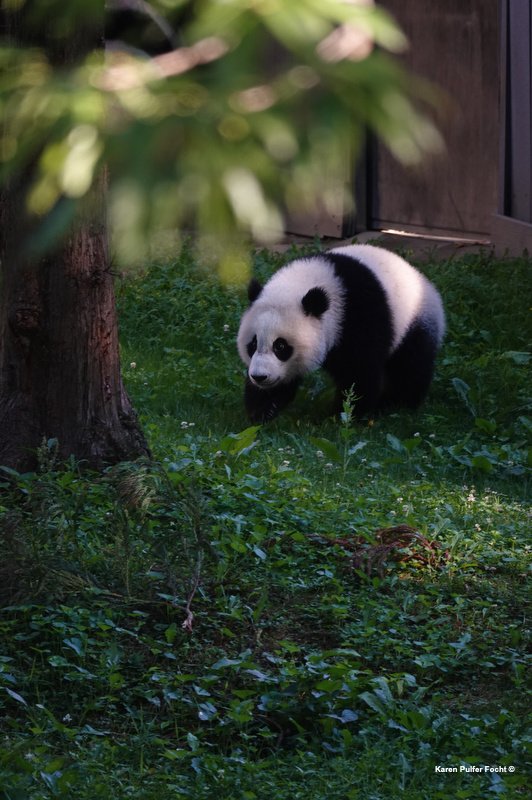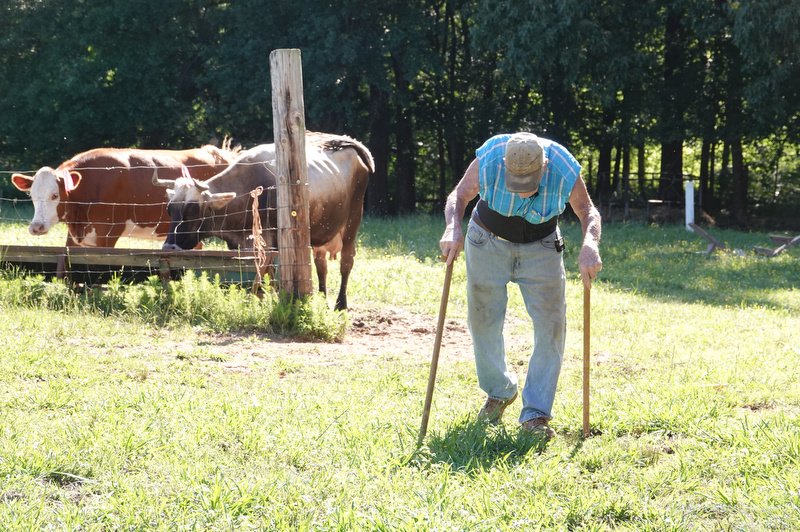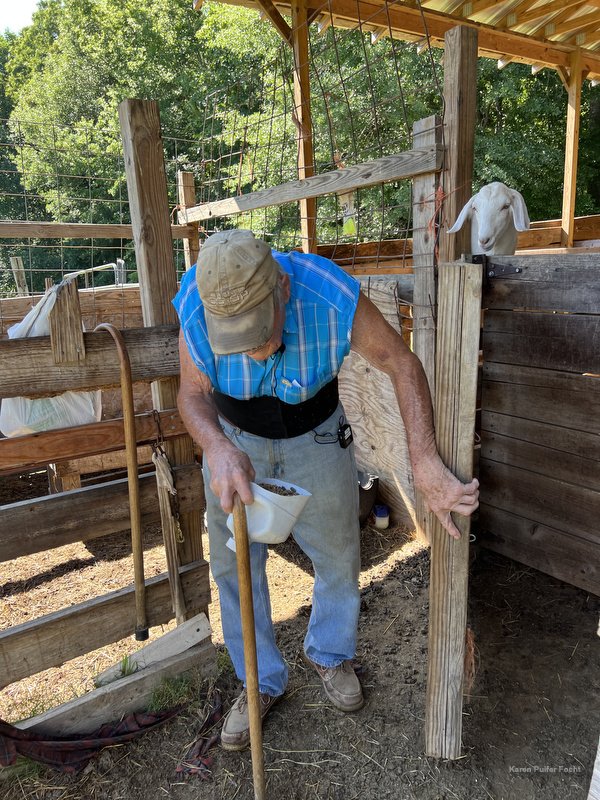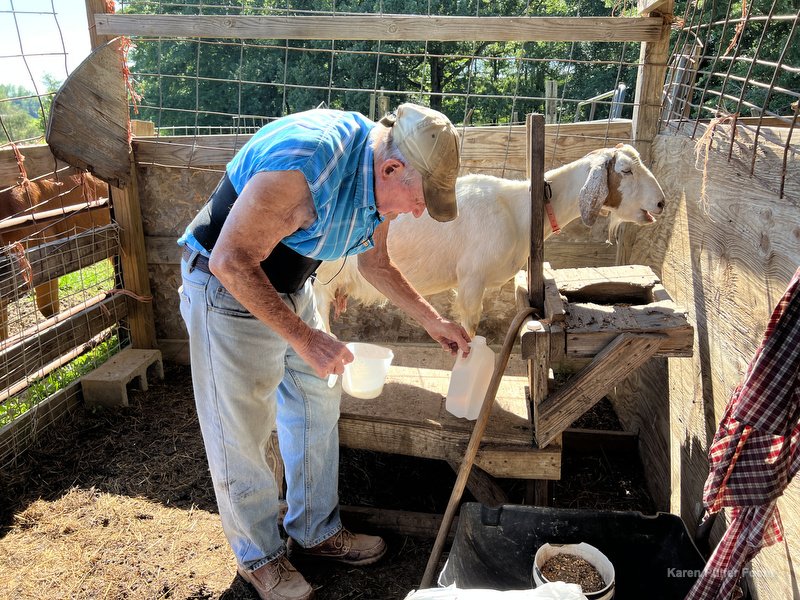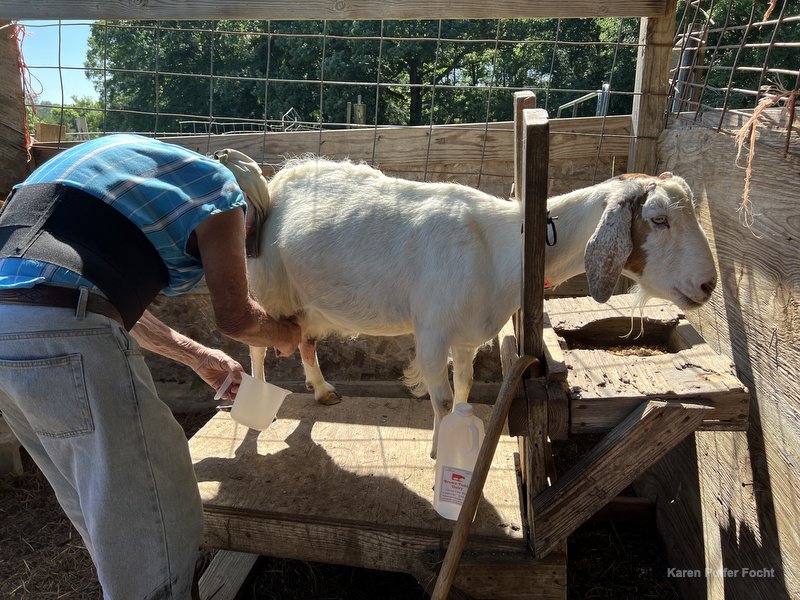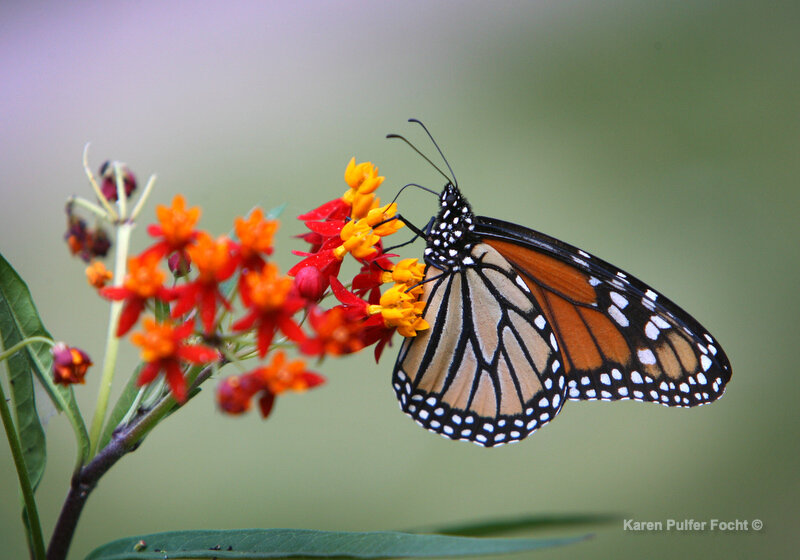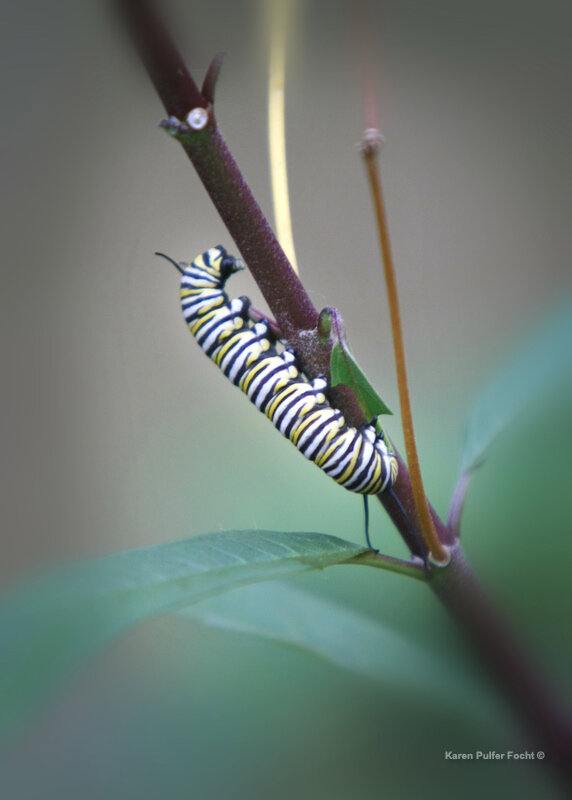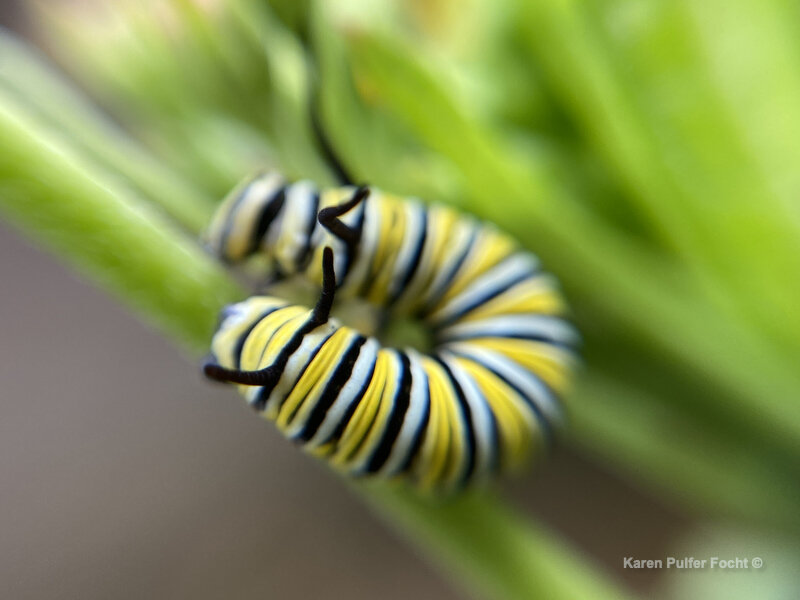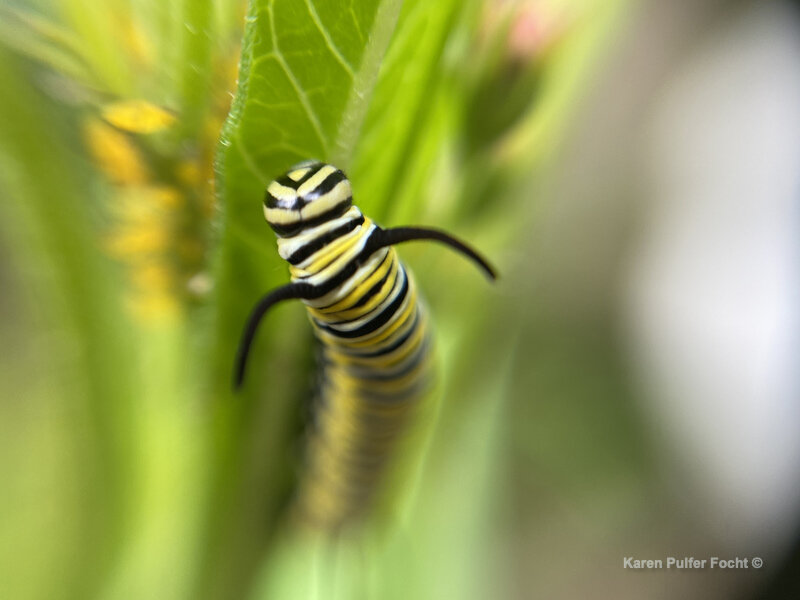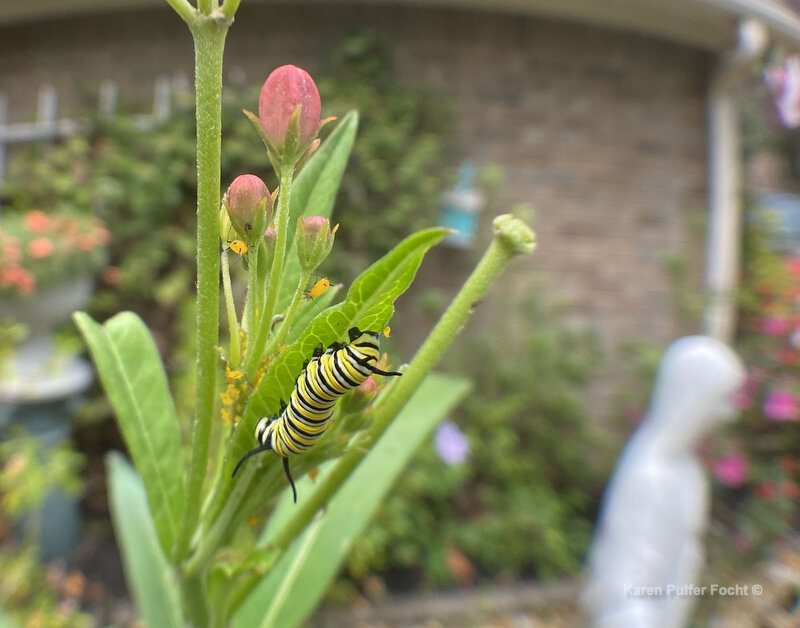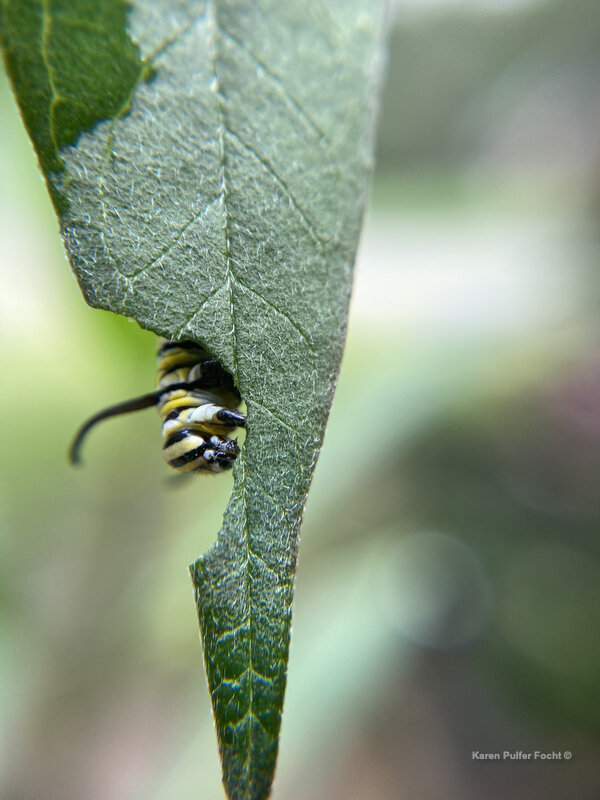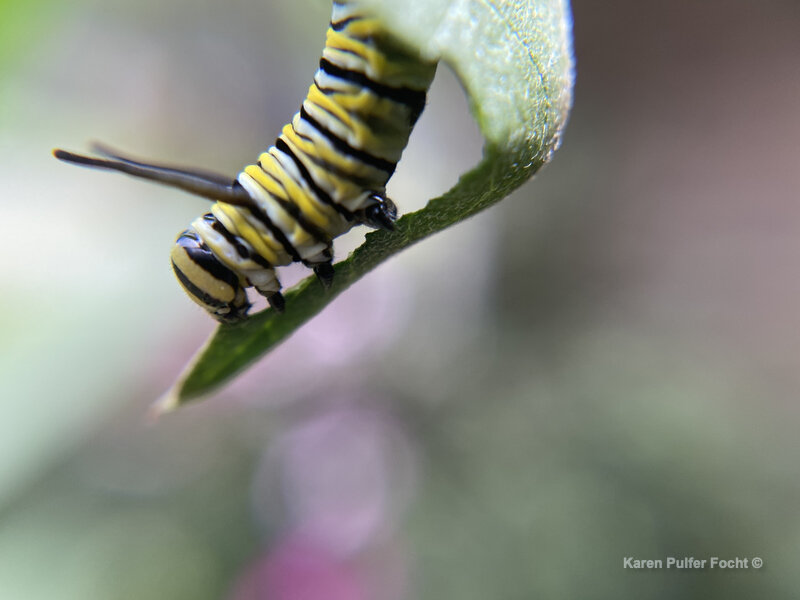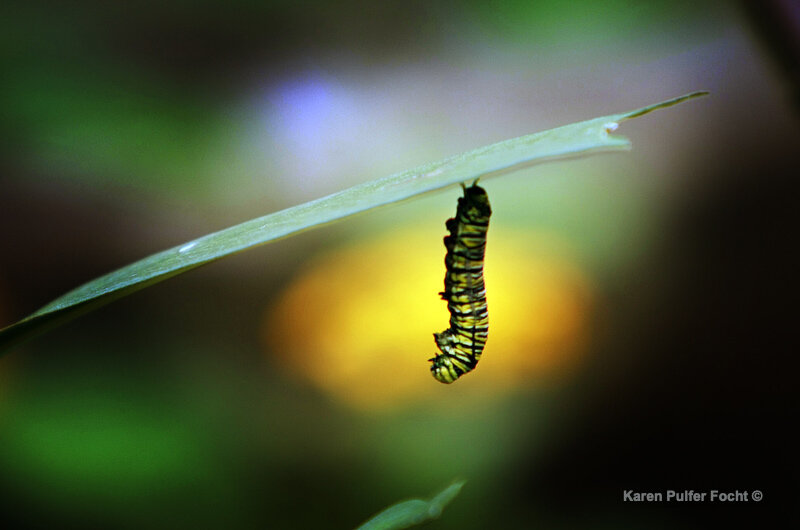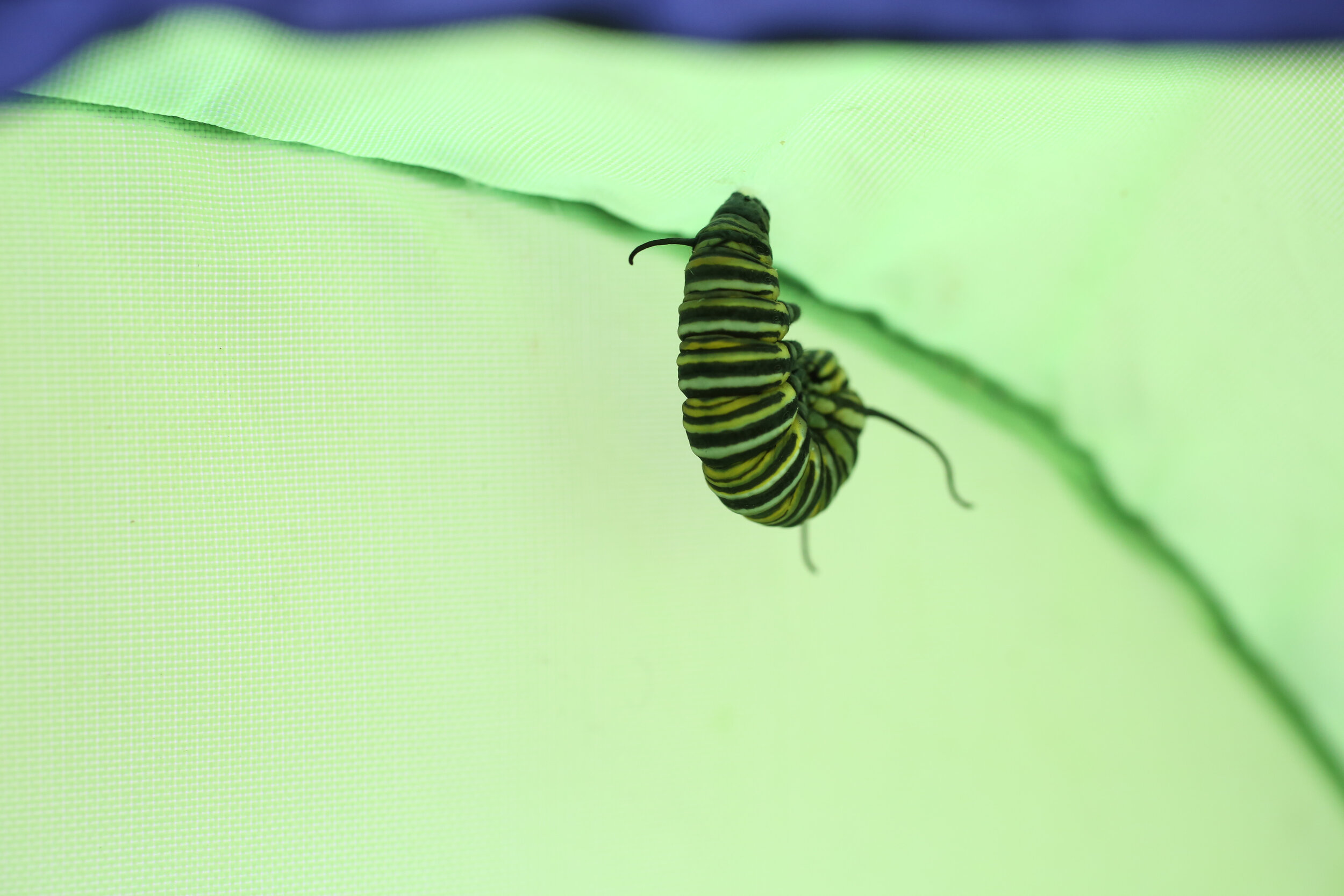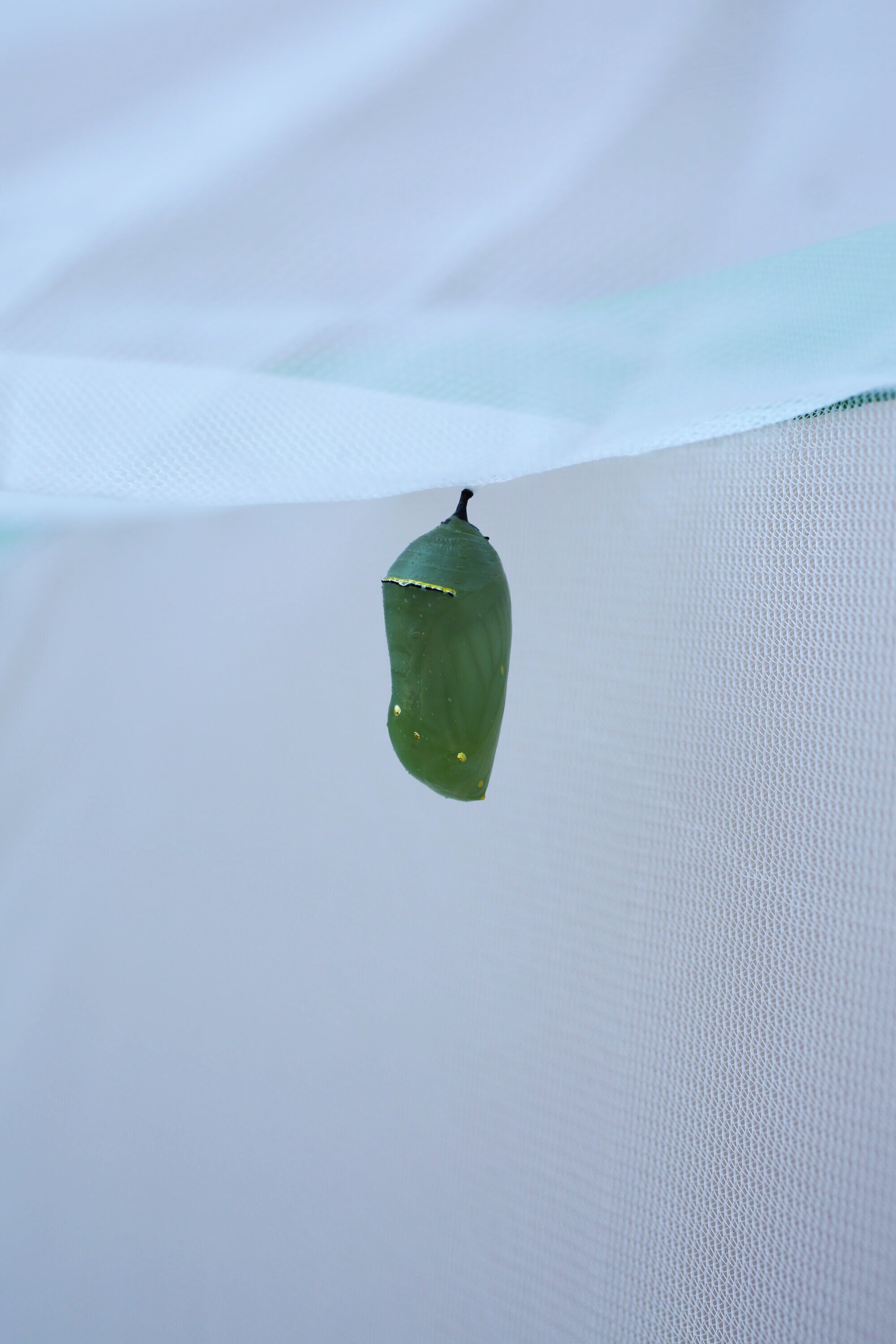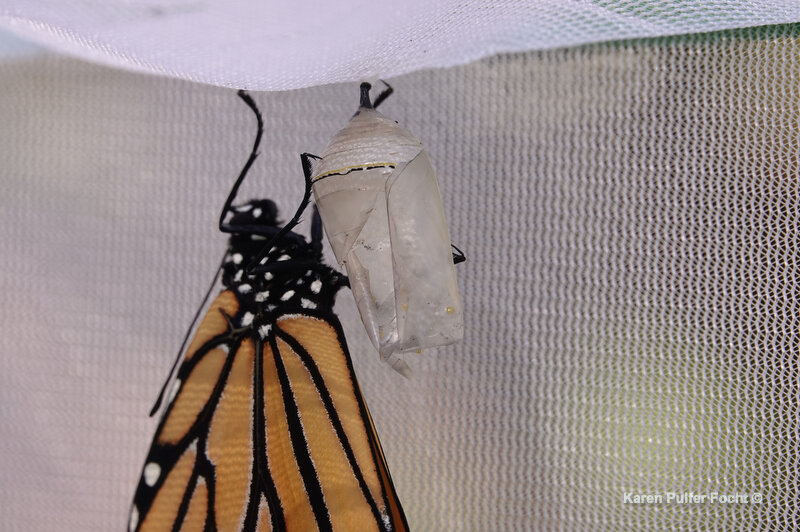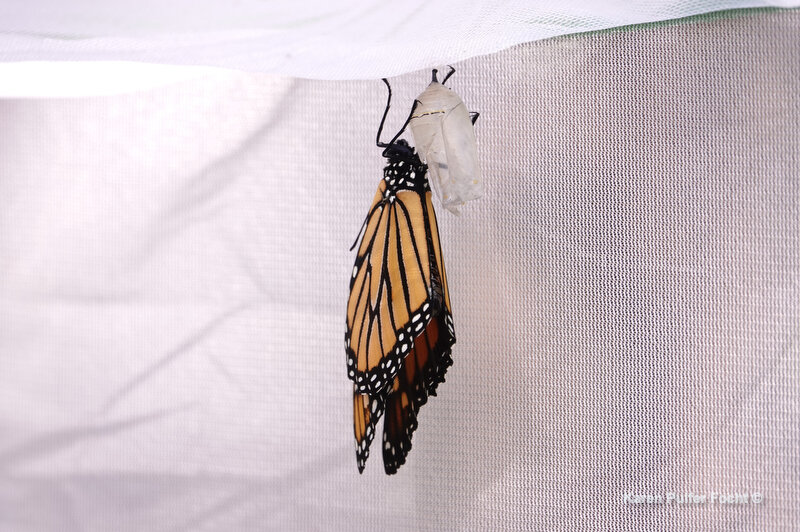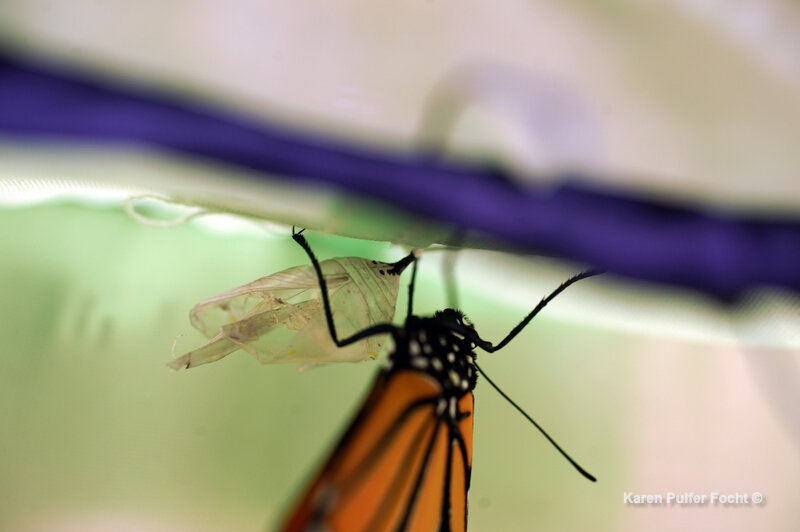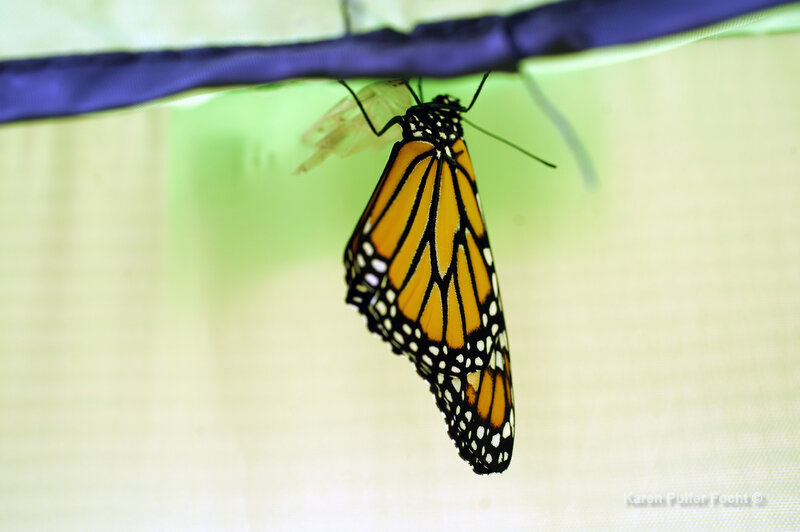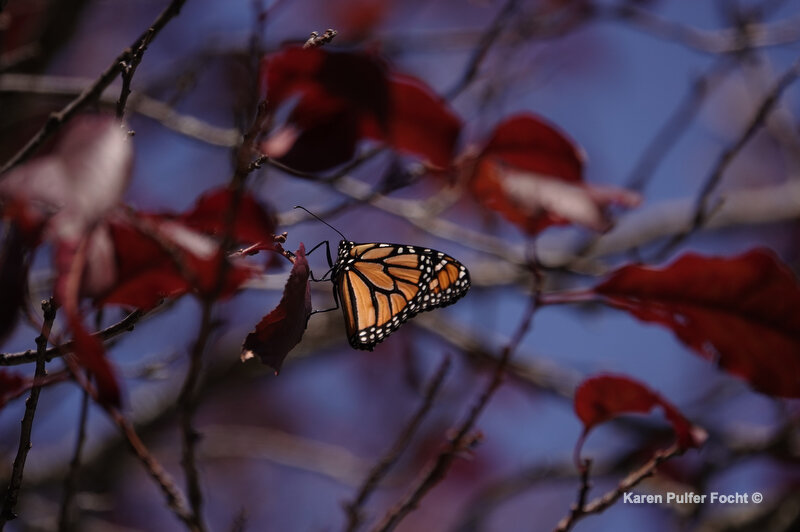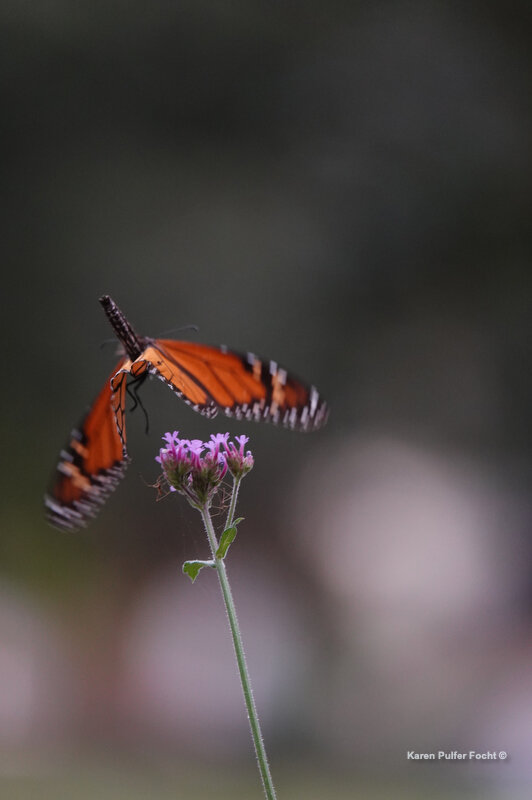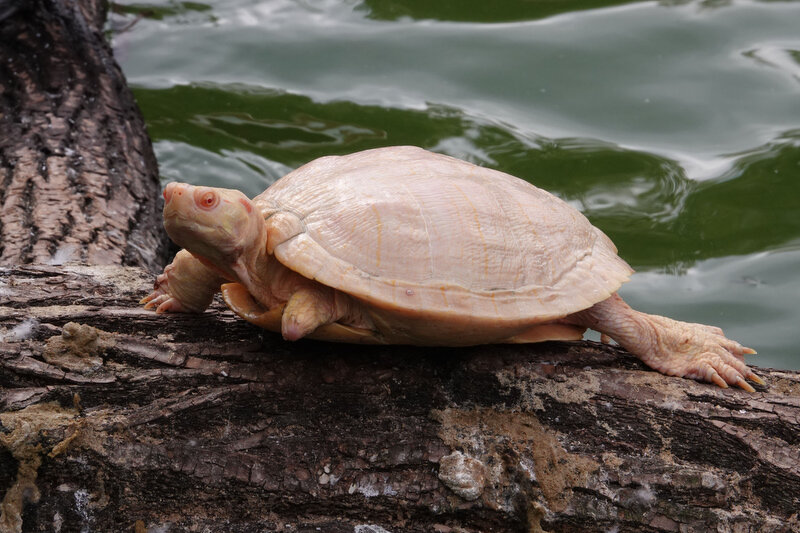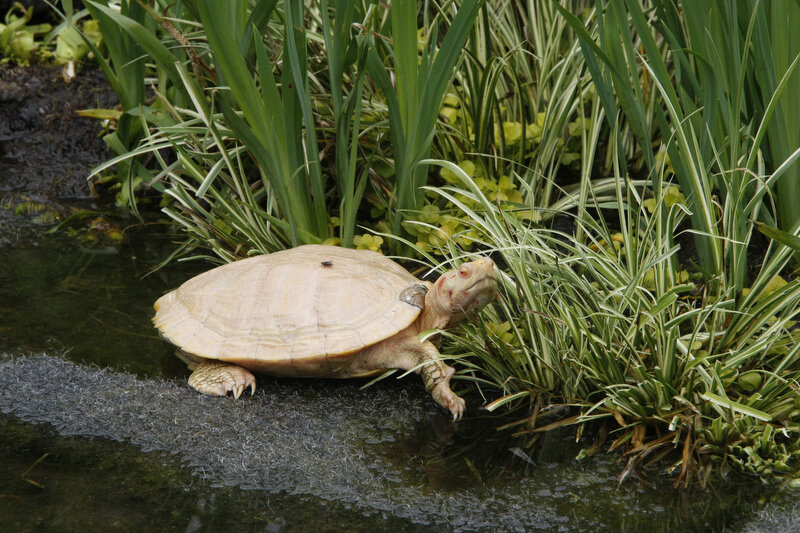CHASING BUTTERFLIES
Every year Memphis attracts thousands of visitors looking for good hosts. They need a safe place to rest and a little sweet treat to fuel their journey.
Memphis is known for its hospitality and why should this be any different?
Monarch butterflies, the beautiful, perhaps taken for granted orange-and- black winged insects, are looking for places to stay.
Monarchs are facing extinction. The U.S. Fish and Wildlife Service proposed listing monarchs as threatened under the U.S. Endangered Species Act in December of 2024. A year earlier the International Union for the Conservation of Nature (IUCN) classified the migratory monarchs as vulnerable.
We can help!
By offering up a little space with just a milkweed plant or two, or creating an entire garden targeted at pollinators, we can become excellent hosts. As they pass through, monarchs search for milkweed to lay their eggs and sweet nectar plants to eat.
Milkweed is the only plant the monarch will lay eggs on. You can watch for the eggs on the leaves of your plant. The tiny, hungry caterpillars that hatch will munch an entire milkweed leaf in five minutes.
The eastern population of monarchs are long distance migrators, the tiny insects traveling thousands of miles each year. They spend their winter in central Mexico, they head back to the United States in February or early March when they will reach the Gulf Coast. This multi-generational migration will take them all the way north where they may go as far as the border of Canada before turning around and heading all the way back to Mexico again for the winter.
Migrating monarchs can live up to nine months, but non-migrating monarchs just live a few weeks.
Jill Maybry with the Memphis Botanic Garden, has been chasing butterflies while growing milkweeds and providing food for wild monarch butterflies for over twenty years. She raises wild monarchs in protective butterfly nets and releases them once they emerge.
Jill has experience with which milkweed to plant for the best success. She likes common milkweed, (Asclepias syriaca ) and showy milkweed, (Asclepias speciosa) saying these are the most-preferred perennial milkweeds by the monarchs and that they grow well in Memphis. But she warns “be aware that these may be a little untidy looking for formal gardens. These plants are earlier to emerge in spring from winter dormancy than many other milkweeds, so they are often the only milkweed that migrating monarchs can find when they pass through the Memphis area in spring. The monarch butterflies eagerly lay their eggs on the emerging foliage of these plants. These milkweeds can be planted in either fall or spring.”
Sydney Calderon from Lichterman Nature Center agrees that native milkweed species will always be the best. “Monarch caterpillars eat exclusively milkweed, so having those plants is vital.” Lichterman has a native plant sale April 11 and 12 where they will have several native milkweeds and butterfly milkweed (Asclepias tuberosa). Sydney says “"Tropical" or non-native milkweed varieties you'll find at major retailers are not recommended because they do not go dormant like the natives do, which could interrupt the butterflies' life cycle. To support monarchs further, planting flowering native plants that bloom later in the summer is important to provide food for the emerging butterflies. They're not picky in their adult form, so any (preferably native) showy flowers will do!”
Bart Jones who helps count locally for North American Butterfly Association says monarchs tend to fly quite high in the sky for large parts of the day and only come to the ground to feed when abundant wildflowers are spotted or they've run out of energy or roost overnight.
In the spring, as they first migrate north, they might enjoy Phlox and Blue Star and on their southern fall migration something like Blazing Stars and Goldenrod will attract them.
The primary threats to our fragile monarch friends are habitat loss as we pave over farmland to make room for more suburban and urban growth, millions of acres of milkweed have disappeared from our landscape. There has also been an increase in pesticide exposure, storms and extreme weather.
For decades, their populations have been declining.
The Xerces Society reports that the eastern population has declined by more than 80% since the 1980s.
There are still many unanswered questions and so much to learn about the butterflies. Here are a few of the many resources to learn about how to help the mighty little monarchs and learn how to become citizen scientists or at least, to be good hosts as they pass through Memphis and the Mid-South.
To get more involved or if you prefer to purchase plants online, try the Milkweed Market at Monarch Watch at https://www.monarchwatch.org/ or go to Xerces Society @ https://www.xerces.org/ for Monarch Conservation News, or the North American Butterfly Association https://naba.org/ to become part of the community science effort to track and conserve monarch butterflies.
By Karen Pulfer Focht ©2025
This article recently ran in Memphis Magazine
https://memphismagazine.com/features/chasing-butterflies/













